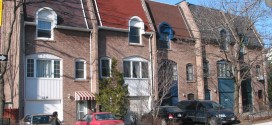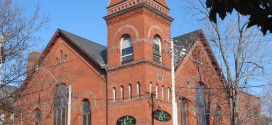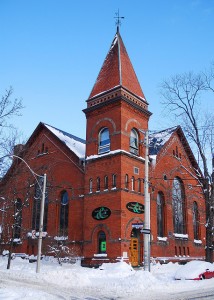 The Romanesque Revival is an architectural style easily distinguished because of the semi-circular arch used for all door and window openings. This dominant feature is one of many elements that were derived from the 11th and 12th century.
The Romanesque Revival is an architectural style easily distinguished because of the semi-circular arch used for all door and window openings. This dominant feature is one of many elements that were derived from the 11th and 12th century.
In North America, the Romanesque Revival gained prominence by the end of the 19th century. The style’s success during this time can be accredited to the American architect Henry Robert Richardson. In fact, not only did he help popularize the style, but he was also responsible for creating a secondary version of the architectural form – the Richardsonian.
At first, Romanesque Revival was used for churches, universities, and public buildings in Canada. This is apparent if you look at U of T’s University College, one of the oldest examples of Romanesque Revival available. Similarly, Cabbagetown proudly displays many well-preserved Romanesque sites, as can be seen on Winchester Street and by former St. Enoch’s Church.
Traditional Romanesque Revival includes many broad, chunky blocks. There are often gargoyles, colonettes, and corbel tables underneath the eaves, and different textured stones used for trim. The Richardsonian Romanesque style, however, is in masonry form and differs in many ways. This strand of Romanesque Revival can be characterized by the following:
- Rugged textures
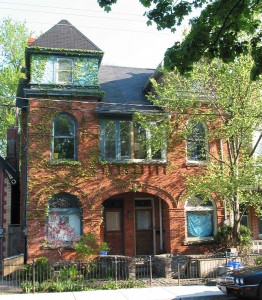
- Dramatic semicircular arches
- Sculptured shapes in stone
- Deep bands of windows
- Short, robust columns
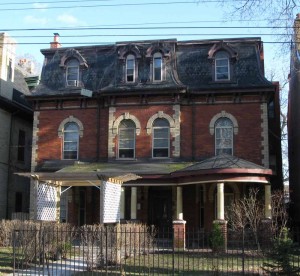
 Cabbagetown Info Events, reviews and what's happening in Cabbagetown, Toronto
Cabbagetown Info Events, reviews and what's happening in Cabbagetown, Toronto



